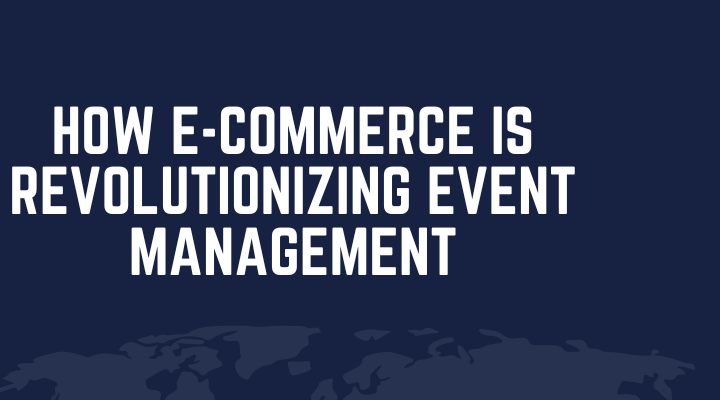You may have heard that site structure is important and it has a huge impact on how your company perceives SEO. Since both of these terms are interlinked and have considerable significance in the digital world, in this article we will go through the basics and understand why having a good site structure is important.
What is site structure?
In a nutshell, site structure means how you organize your website’s content. It deals with the way you group your content, link it, and present it to a visitor. If you do it well, it benefits you in ways more than one. It ensures that users find their way around easily on your website and Google (and other search engines) can index your URLs in a better fashion.
In today’s competitive world, having a properly-thought site structure is a vital component of your SEO strategy. It shows Google which posts and pages of your website are most important. To put it simply, it influences which articles will rank highest.
As a marketer, you should provide what your audience wants quickly and easily. Your website should be easy to navigate. All this ensures that your users are interested in your website and this leads to engagements, and finally, conversions.
Why do you need a site structure?
Like mentioned before, having a good site structure means people will find you easily because your SEO rankings will improve. As your website and the number of pages/posts on it grows, it becomes cluttered. There is a chance that your website has too much information that is not organized. Hence, you must organize your content in a way that helps your visitor and Google find what they are looking for. If you fail to organize your blogs, your products, your stories, and your content neatly – it will get lost.
Why is a site structure important?
1. Site structure guides search engines and improves crawling:

Search engines need to understand which parts of your website are most essential to your brand. Having a structure lets search engines like Google understand what your site is all about. Google crawls websites by following internal and external links – and this helps it determine relationships between various pages. Site structures are guides for Google and hence super crucial! In short, it helps crawlers that crawl your website discover important pages and showcase them to the relevant audience.
Also Read: Proven Tips to Secure Your WordPress Website
2. It enhances user experience:

Users usually prefer sites that are easy to navigate. Site structure makes this happen. When your structure is clear, your audience can find what they are looking for without any hassle – and this leads to conversions. Users buy your product, subscribe to your mailing list, and engage with your website when your website structure is clean and clear. This way your site will perform well and that provides an additional boost when it comes to SEO rankings!
3. It provides your site with sitelinks:

Site links help you with your SEO rankings. They aim to increase the navigability of your website and point users to the most relevant information on your website. It even increases the reputation of your brand and improves user trust. Did you know that Google algorithms award websites with sitelinks? Not having relevant sitelinks on your website could cost you your targeted traffic and therefore, conversions.
4. Prevents you from competing with your website:

If you do not have a proper structure, you will end up competing with yourself for better search engine rankings. You may have blog posts or articles that are on the same topic and these multiple posts will coincide with each other. Telling Google and other search engines which content is most important on your page can be achieved when your site has a structure and if the content is properly distributed.
How to start with site structuring?

- Curate a strategy and keep your website symmetrical: Before you post content on your website, plan. You can make a list of important pages, categories, products, and other things that you think are important for your website. Implementing SEO strategies as and when you post content on the website will make everything easier for you. Additionally, when your website is symmetrical, it provides satisfaction to its users. Your website should look balanced and even to the visitor. All this can happen only when you spend time and resources on structuring your site!
- Categorize your content: If you have chosen a particular category but there is too much content in it, you should consider dividing that category further. Having categories makes your site balanced and helps you and the user understand blog posts easily. Moreover, if the need arises, you can merge or split your categories.
- Remove old and irrelevant content: When you add more content to your website, you need to ensure that your content remains relevant for the reader. If particular blogs are too old or are not relevant anymore, you should remove them from your website – and also remove the links that they consist of. Links are valuable for your SEO and you should only have links that help your website!
- Add links: As discussed before, links are super important for your SEO. The article you publish and add links to should be most relevant and complete. Having a great interlinking structure is great for Google and other search engines, and your users.
To conclude:
By now you would have realized how site structures influence everything that is a part of your SEO and marketing strategy. Lastly, you need to realize that structuring your site is a constant, ongoing process. Your site needs to be maintained regularly – and you have complete control over it! What are you waiting for – get structuring right away! Thank you for reading the article and all the best!
Interesting Read:
TOP WORDPRESS LIVE CHAT PLUGINS
BEST FASHION BLOG & MAGAZINE WORDPRESS THEMES



